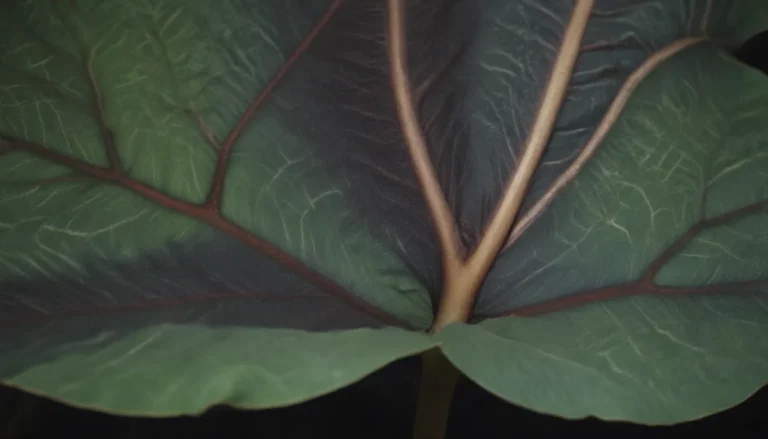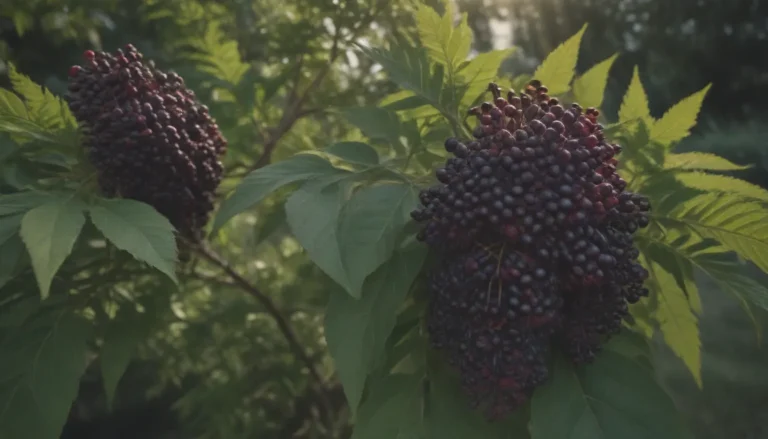Coconut Tree vs. Palm Tree: Exploring the Key Differences

Welcome, plant lovers! Today, we’re diving into the fascinating world of coconut trees and palm trees. Have you ever wondered about the distinctions between these tropical beauties? Well, you’re in the right place! Let’s explore the differences between coconut trees and palm trees in more detail.
Understanding Coconut Trees and Palm Trees
Before we delve into the specifics, it’s important to know that while most palm trees are not coconut trees, Cocos nucifera is the only species in the genus Cocos that produces the distinctive coconut. In essence, a coconut tree is a type of palm tree. Let’s break down the key differences between these two botanical wonders.
Mature Size
When it comes to size, coconut trees come in two main cultivars: full-size and dwarf. Full-size coconut trees can reach heights of up to 100 feet, with slender trunks topped by a canopy spanning 20 to 30 feet. In contrast, dwarf coconut trees typically grow to heights of 16 to 30 feet, with fronds reaching up to 3 feet in length.
On the other hand, palm trees come in a variety of sizes, ranging from 6-foot-tall houseplants to towering giants like the 200-foot-tall wax palm. They can have singular trunks or multiple stems, and their fronds come in a diverse array of shapes and sizes.
Key Differences:
- Coconut Tree:
- Full-size: Up to 100 feet tall
- Dwarf: 16 to 30 feet tall
- Palm Tree:
- Range from 6 feet to 200 feet tall
- Can have singular trunks or multiple stems
Growth Habit
The growth habits of coconut palm trees and other palm tree species are distinct. Coconut palm trees exhibit a moderate growth rate of 1 to 2 feet per year, with a graceful curve developing in the trunk as it matures. The crown features large fronds, with one new frond emerging each month.
In contrast, other palm tree species can have feathery, palmate, or fan-shaped leaves, and their growth rates vary widely. Some palm trees take years to reach modest heights, while others grow rapidly, adding several feet in height annually.
Fun Fact: Palm trees are technically classified as woody herbs with trunks defined as stems in botanical terminology.
Native Area
Both coconut trees and palm trees are typically found in tropical and subtropical regions. Coconut palm trees thrive in coastal areas worldwide, from Florida and California to tropical islands. They require ample sunlight, warmth, and humidity to flourish.
Similarly, palm trees are distributed globally, with a high diversity in lowland wet forests, the Caribbean, South America, Southeast Asia, and Pacific islands. They also prefer tropical climates and varying degrees of sunlight exposure.
Key Points:
- Coconut Palm Trees:
- Found in tropical coastal regions worldwide
- Require warmth, sunlight, and humidity
- Palm Trees:
- Found in diverse global locations
- Thrive in tropical environments with varying sunlight requirements
Uses for Coconut Trees and Palm Trees
Coconut palm trees and other palm tree species are incredibly versatile plants with a wide range of uses. Coconuts are not just delicious tropical treats; they also provide valuable resources. The coconut fruit, shell, water, and flesh have myriad applications, from food to construction materials.
Palm trees, including date palms and oil palms, are also valuable resources. They produce edible fruits, palm hearts, oils, and fibers that are used in various industries, from agriculture to construction. Palm trees play a crucial role in ecosystems and economies worldwide.
Key Uses:
- Coconut Trees:
- Source of coir, coconut oil, and coconut milk
- Wood for construction and leaves for baskets
- Palm Trees:
- Produce dates, palm hearts, and oil
- Used in agroforestry, furniture, and reforestation efforts
Conclusion
In conclusion, while coconut trees are a type of palm tree, there are distinctive differences between the two. Understanding the unique characteristics, growth habits, native environments, and uses of coconut trees and palm trees can deepen your appreciation for these iconic plants.
So, next time you stroll along a tropical beach or visit a botanical garden, take a moment to admire the beauty and diversity of coconut trees and palm trees. With their rich history, cultural significance, and ecological importance, these trees are truly treasures of the tropics.
Remember, whether you prefer sipping coconut water on a sunny beach or admiring the majestic fronds of a towering palm tree, these botanical wonders will continue to captivate our hearts and minds for generations to come.
Happy exploring, fellow plant enthusiasts!🌴🌴🌴





